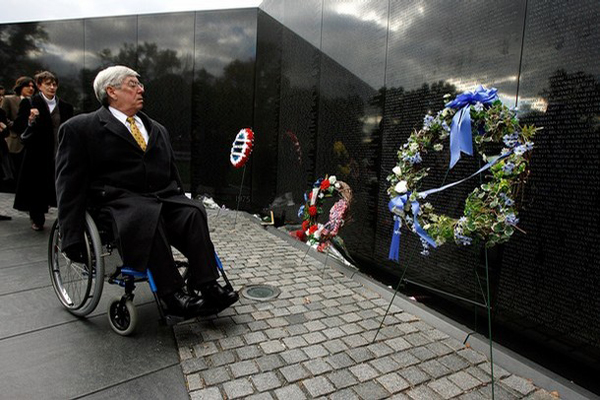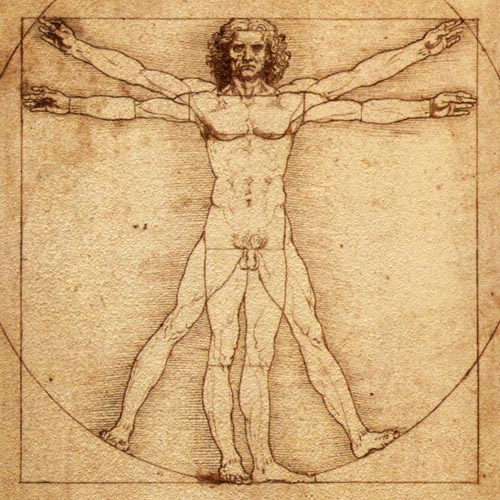Meanwhile, the body was making itself ever-present in social and political life, be it in the shape of a battered woman, a terminated fetus, a victim of torture or televised war, a proud celebration of womanhood, disability, an organ in transit for transplantation, a human-machine stepping on the moon, a sample of DNA under the microscope, a man who was a woman, a body transformed by diet, exercise, or the surgeon’s knife… another world record smashed.
–Bill Hughes

This sweeping vision applies, in Hughes’ article, to the Vietnam era. With the image of the natural body destroyed by the horrors of WWII, America was free to envision a new, sculpted body, one better suited to withstand the social pressures and physical demands of their daily lives.
Keep in mind, though, that while plastic surgery gained acceptance and popularity during this period, that most of the methods of reshaping the body are considered natural. Though surgery is a medical practice, it is not considered as artificial, say, as replacing a wounded arm with a mechanical one. In much the same way, exercise and diet were accepted as natural adjustments to the body.

The image of the Vitruvian man- the perfect form of mankind, was slowly fading from the public eye. Could Leonardo da Vinci’s man walk on the moon? Could he change, at will, the structure of his face? Though many were reluctant to leave this conception of perfection behind, its inadequacies in the face of technology were becoming ever more apparent.

The America of these two decades, from 1955 to 1975, was obsessed with maximizing the potential of the body. I would argue that these twenty years were the tipping point, the corner at which biomedicine and tradition collided. Even in the face of such destruction and mutilation as seen in the war, the body was still considered sacred, in that to alter the flesh in a non-natural fashion was seen as an act of violence, not construction. While we still retain some of these qualms today, our image of the perfect man is becoming ever more synonymous with the cyborg.
Back to The Wheelchair Table of Contents
